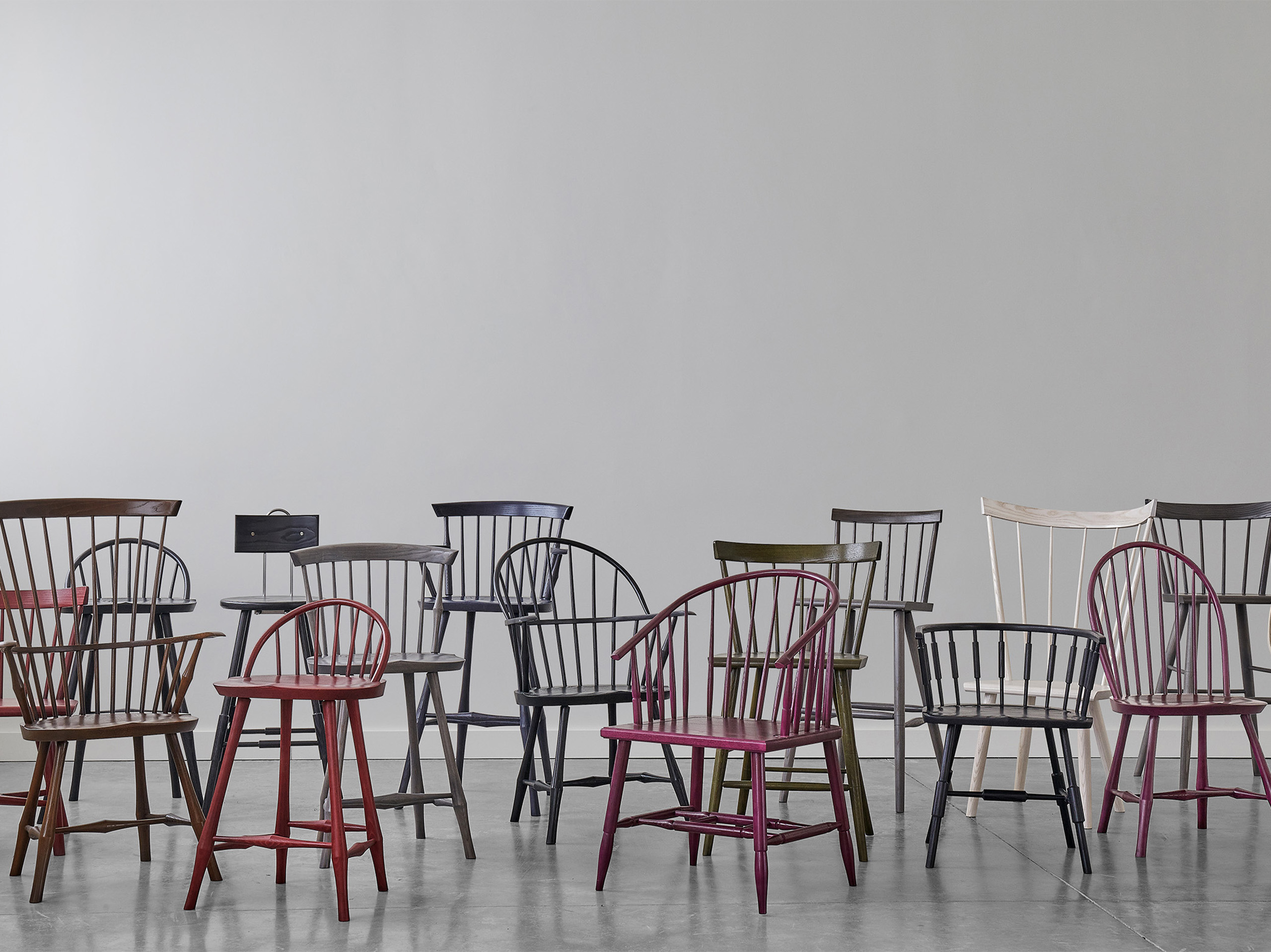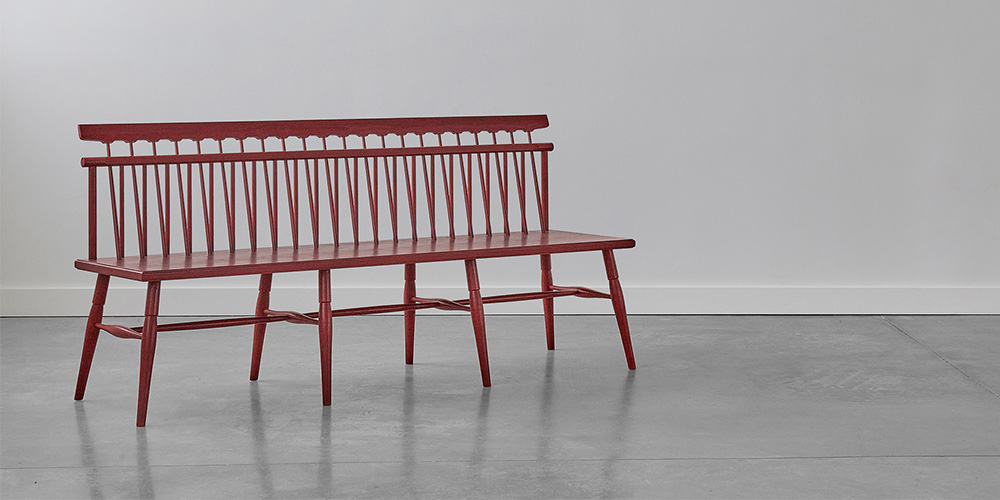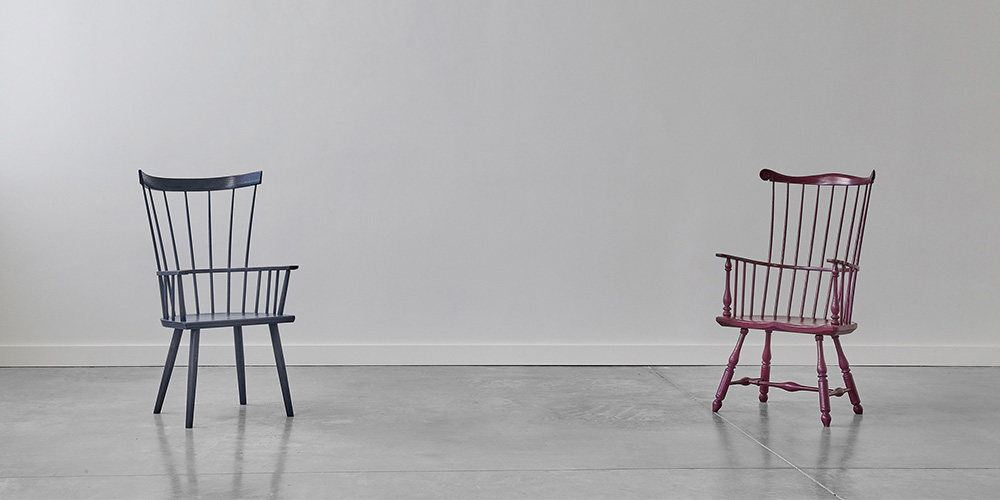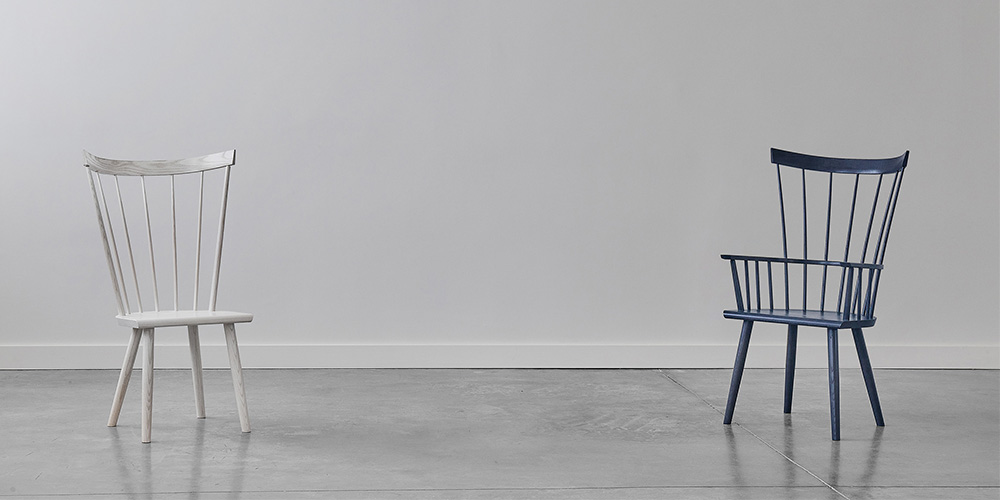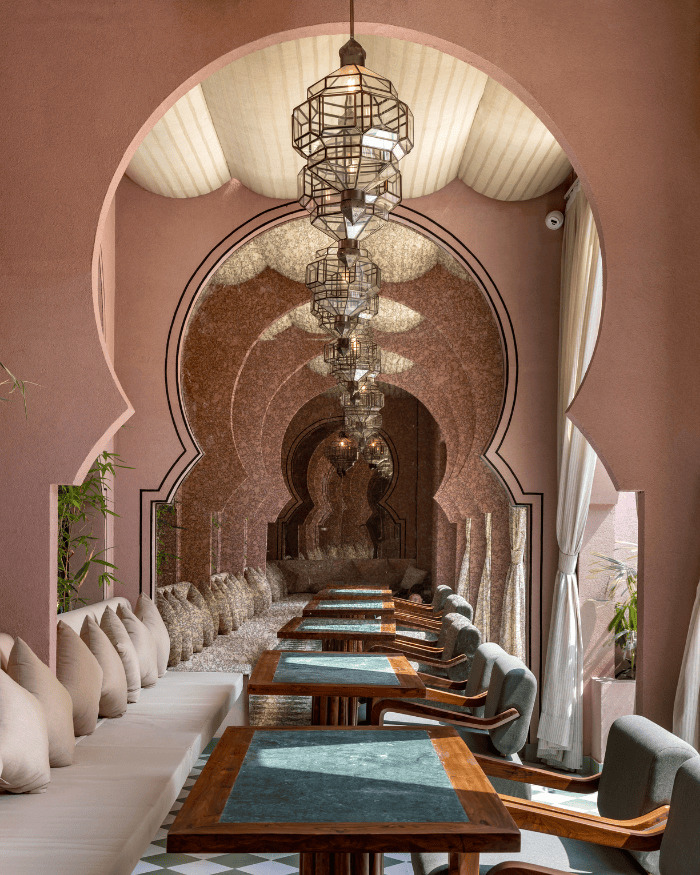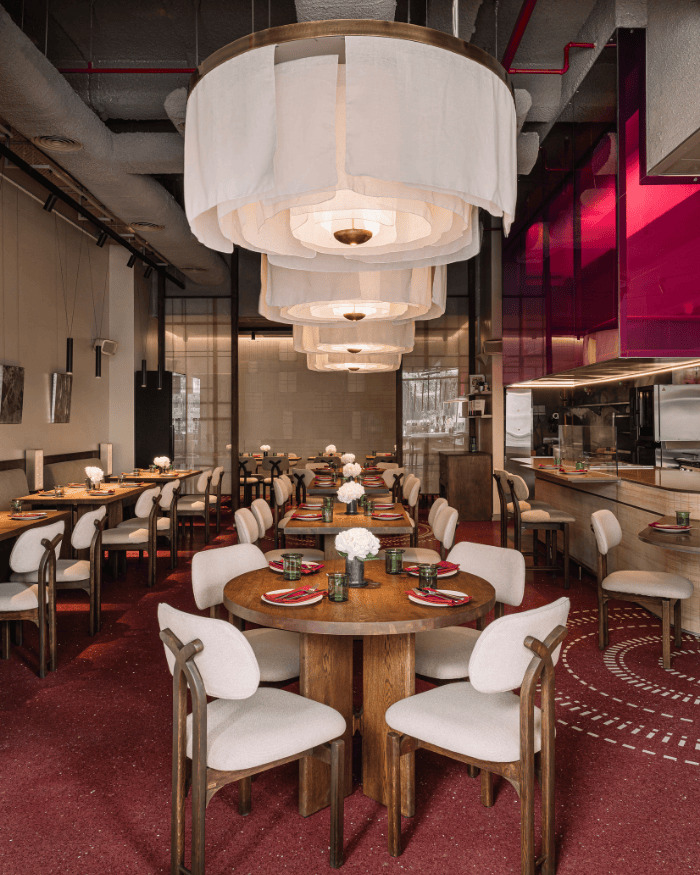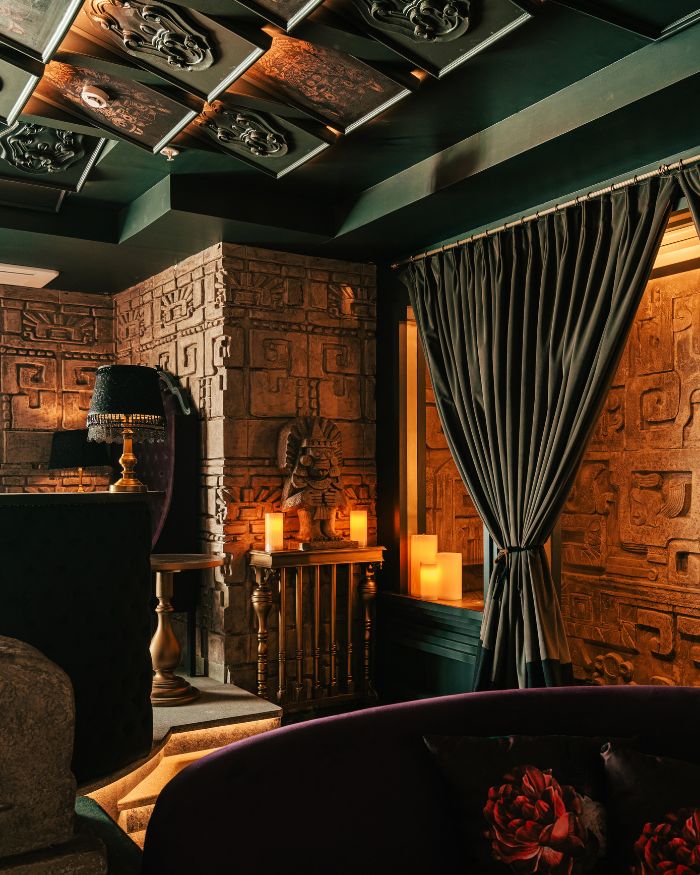The genius is often in simplicity. This realisation is all that took Jonathan Glatt to pivot his métier from a jeweller to a product designer — renewing and glamorising the innocent influence of the classic Windsor Chair, a fabled objet from the bygone centuries. He first saw an authentic early-period Windsor at Sotheby’s as an intern in the American Furniture Department. “It was love at first sight,” he tells us. Fast forward to now, the founder of O&G Studio, Jonathan has been carving Windsor’s modern interpretations for the last 15 years, recently hosting the largest collection of original, handmade Windsor chairs in production today at NYCXDESIGN.
A carefully choreographed construction that balances the competing interests of function, material, technology and style. In short, a perfect chair. He quotes in his book Anthology: The O&G Collection of Modern Windsor Chairs. But this isn’t a story as much about the chair’s historical past (its true origins unknown even today) as it is about Windsor’s irresistible relevance in the present day.
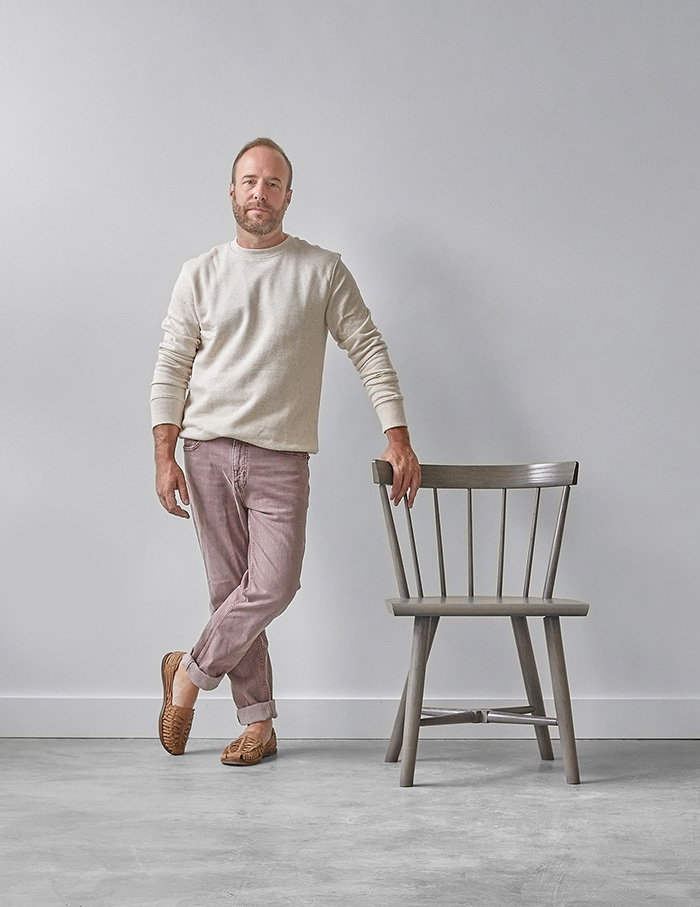
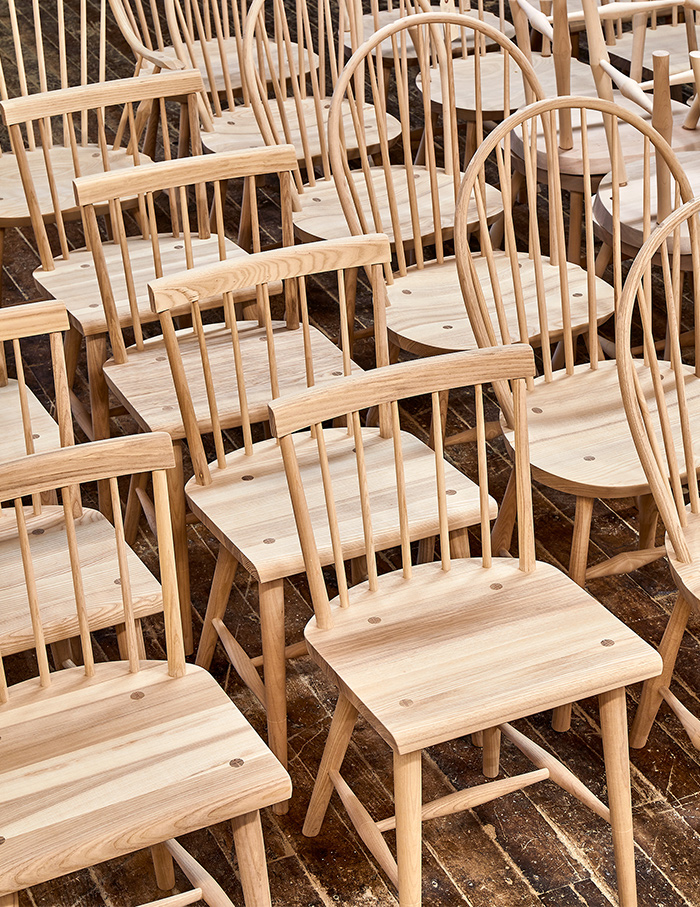
Oh, body language!
But what makes an authentic Windsor Chair? Vacant of any hidden rhetorics, Windsor Chairs are more literal, less poetic, in their frame and function. A neatly carved seat from a single piece of wood floats confidently to cradle the sitter. To complete form, the seat is fitted with turned legs, steam-bend wood backrest and slender spindles on top. “The seat is the key. All other components are anchored into it with traditional wedged tenon joints, a simple type of joint that requires no additional fasteners,” Jonathan explains.
There exist four major types of Windsor chairs. The key to differentiating is in the backrest: Bow-back, Sack-back, Comb-back and Continuous Arm.
Resilient so, “The look of a Windsor is a result of the structure as much as it is an aesthetic choice. I like to compare it to a suspension bridge: Flexible, strong, beautiful, not overbuilt,” recites the designer, who’s been serendipitously familiar with basic forms of Windsors since childhood, which were common where he grew up in New Jersey.
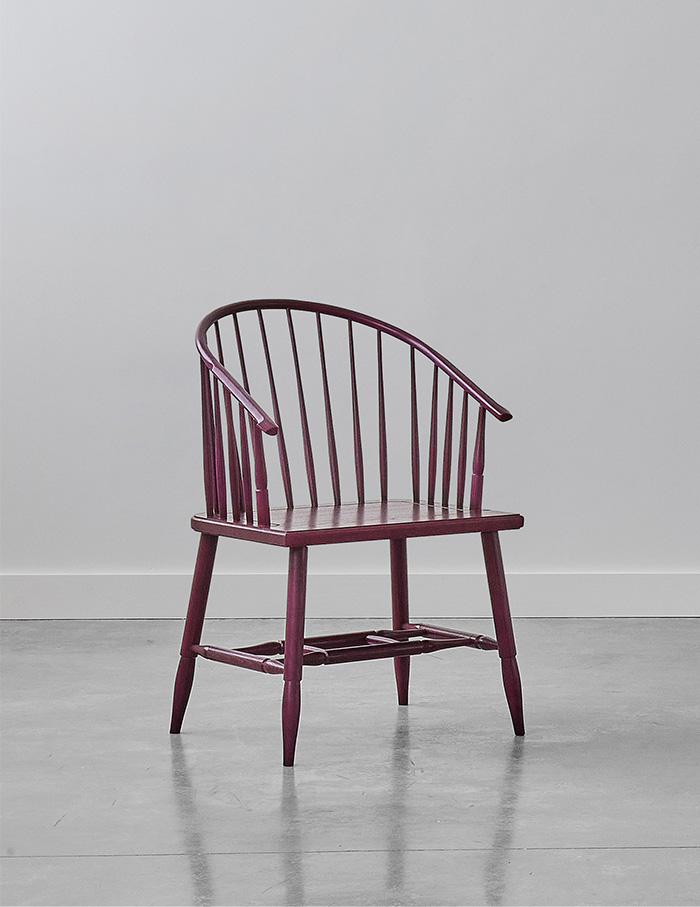
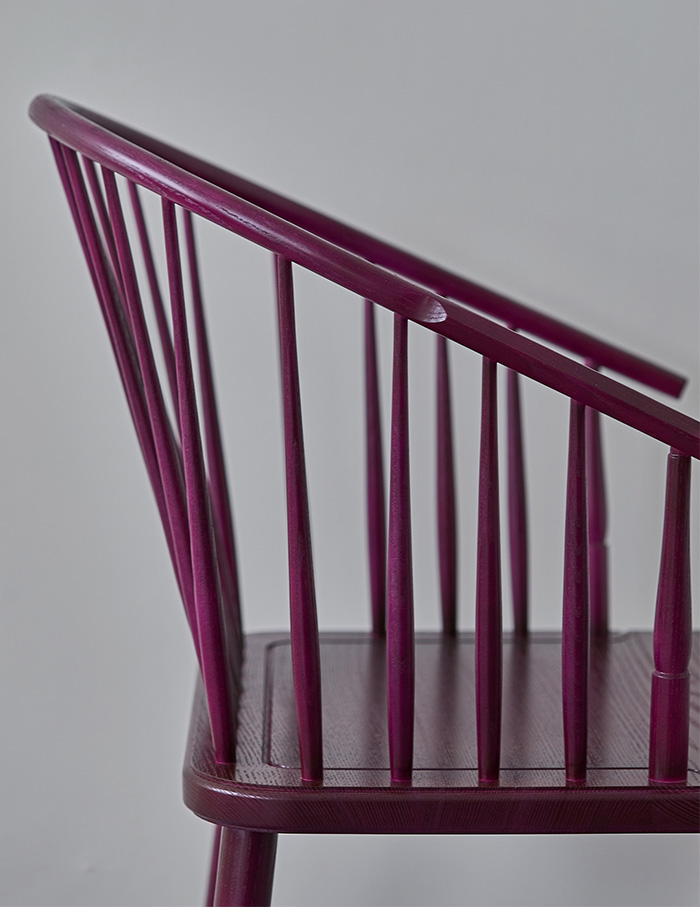
Made predominantly of types of wood and often painted, the different parts of Windsor chair serve different functions. Hence, a medley of dual or triple kinds of wood remains common in its chairmaking such as maple, ash, pine, oak and yellow birch. At the O&G atelier, Windsor chairs are layered in a spectrum of tones without hiding the grains of wood. “We use water-based stains and topcoats using a proprietary process to achieve a rich colour that highlights details of our joinery and woods.”
Windsor chair may (not) be from Windsor
The earliest origin of Windsor chairs is often sullied in various versions of where and how it came about. Some say, it, for obvious reasons, is an invention from the royal lands of Windsor, England. The story assumes that King George III in the 18th century first came across this stick-framed chair at a countryside cottage while out on a hunt and took a liking to its easy, comfortable ergonomics. Soon after, a bevvy of these chairs were ordered to be made for the Windsor Castle.
Sources on the internet also tell of certain advertisements in the 1730s dubbing these simple classics as Windsor Garden chairs, perhaps befit as an outdoor accoutrement, painted in green or white. By the mid-18th century, reports of the first US President George Washington ordering Windsor chairs to Pennsylvania all the way from England have been recorded, too. But these are only a few of the many historical anecdotes.
As Jonathan observes, “The forebears of the Windsors we make at O&G are often referred to as stick chairs. Simple and primitive, made with minimal tooling that dates at least to the 15th century if not earlier.” Interestingly, back then, parts of the Windsor chairs were grown and not shaped. Legs made of sticks. Spindles made of straight sticks, a result of tree pruning (thinning). “These early stick chairs evolved into ornate English Windsors, later brought to the Americas in the 18th century and evolved into a new style — very light and minimal compared to the English chairs.”

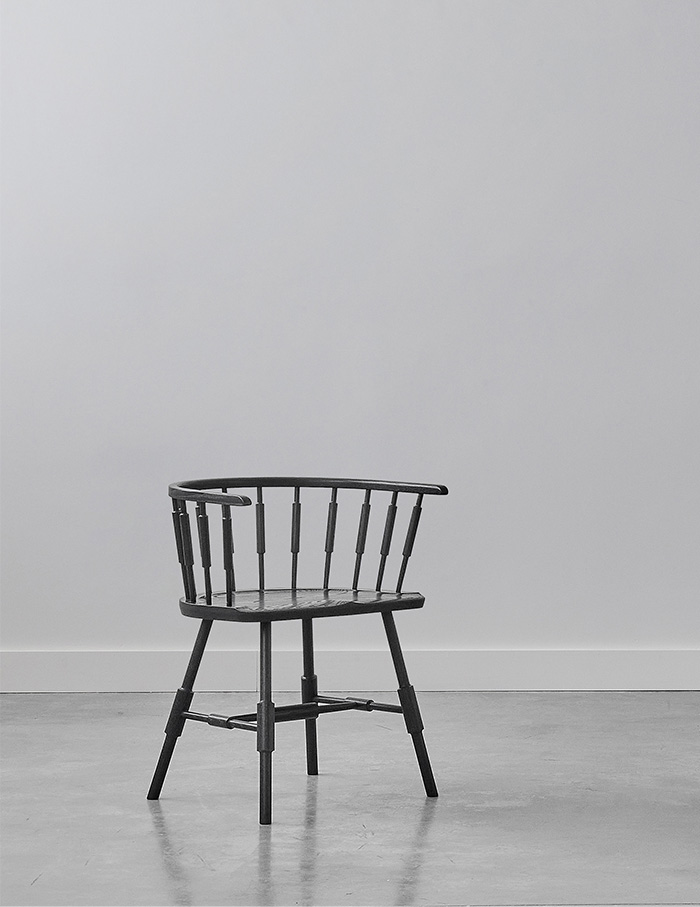
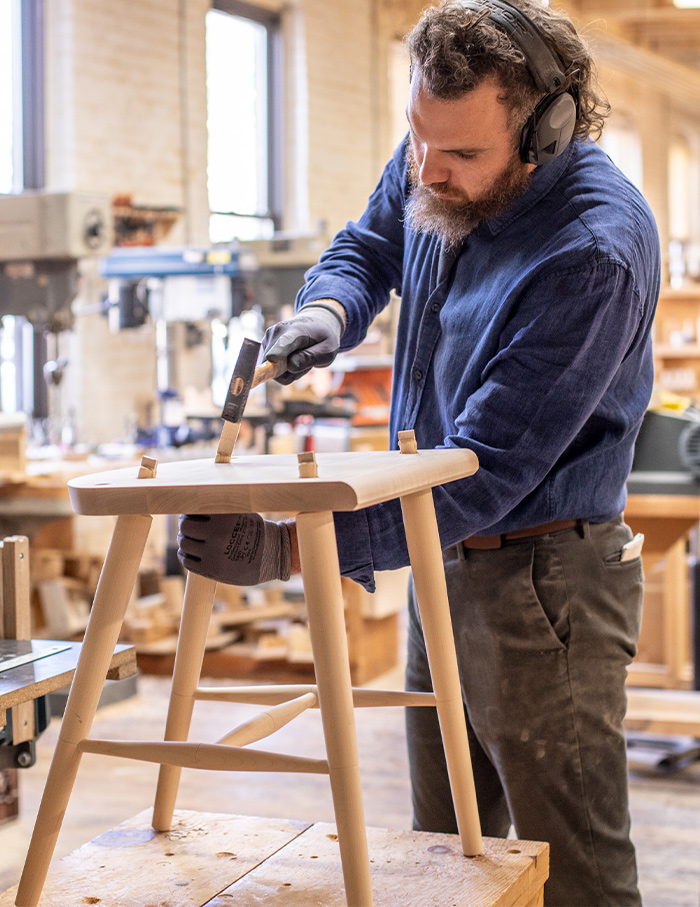
Secrets of carpentry
With years of chairmaking without erasing any clues of Windsor’s vintage predecessor, O&G Studio indeed trusts the finesse of hand work. However “ We save the hand work for where it adds value and where the capabilities of modern machinery end.” Jonathan continues, “ For example, we use a lathe run by a motor that copies a hand-made pattern, in the 18th century that lathe would have spun by footpedal or manual flywheel and a chisel used freehand to create each leg.” Showcased at the NYCXDESIGN recently, the designer revealed the full dining chair collection, one of the largest hand-built curation of modern Windsors in production today, at one venue.

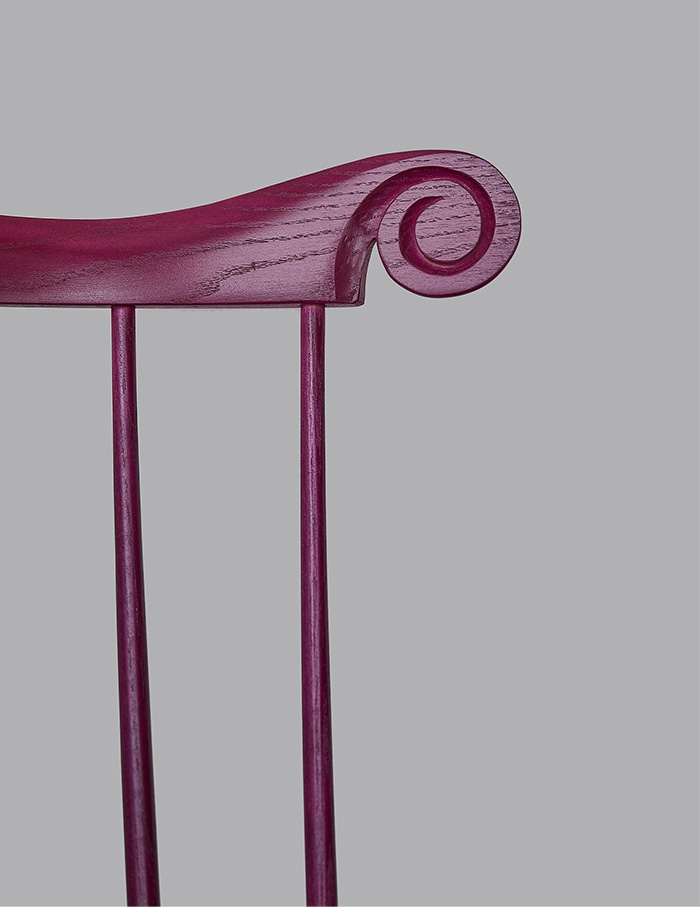
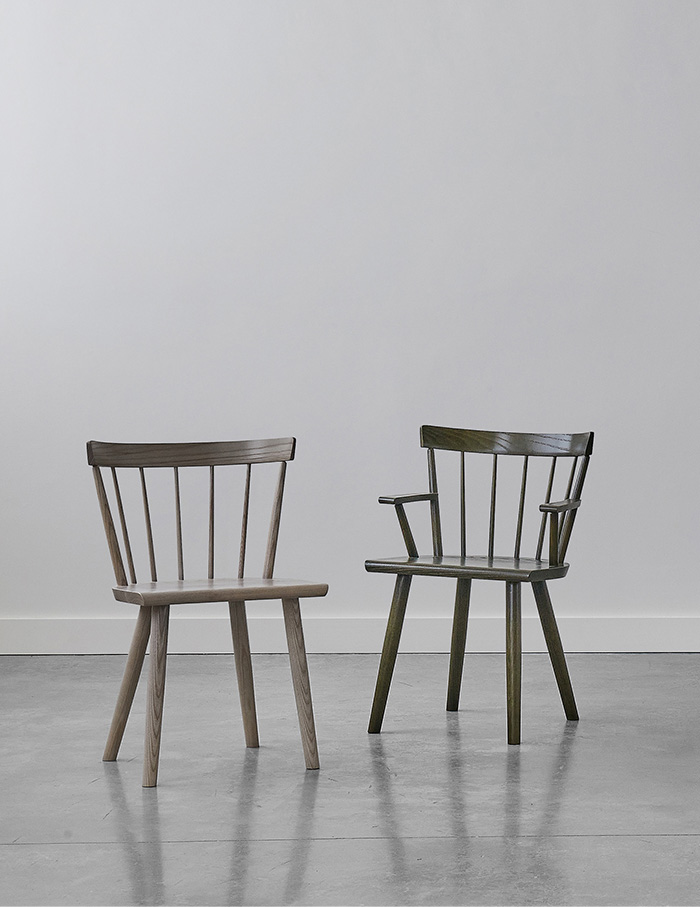
The chairmakers at the studio also occasionally flirt with the idea of the eccentric and the unthinkable. Inspired by universal folk art themes, the one-of-its-kind Windsor chairs are stylised with tiny hand gestures (closed fists or even middle fingers) as handrests. Backrests take the shape of snake contours. “We are also working on a long armrail shaped like a dachshund in tribute to my two dachshunds, Winslow and Turner,” completes Jonathan.
The newly launched anthology too becomes a Windsor encyclopaedia, covering over 40 styles of chairs, settees, stools and benches through O&G studio’s existing years of works. A loose idea for several years and actively into making for the last one year and a half, Jonathan says, with the illustrative book, “We leaned into the academic nerdiness that I love so much. The book is a riff on academic museum catalogues. The photography is beautiful and serene, showcasing the graphic nature and sculptural beauty of each Windsor style.”
Beyond the physicality of its curvy spindles and soft edges of the seat, the philosophy of an unpretentious and solemn Windsor chair is in how it speaks — all so gracefully — with the maker, the material and the user for years that went by and the years that will come.
Now read: Once discarded on the streets to becoming piece du Jour— The curious case of Chandigarh chairs

